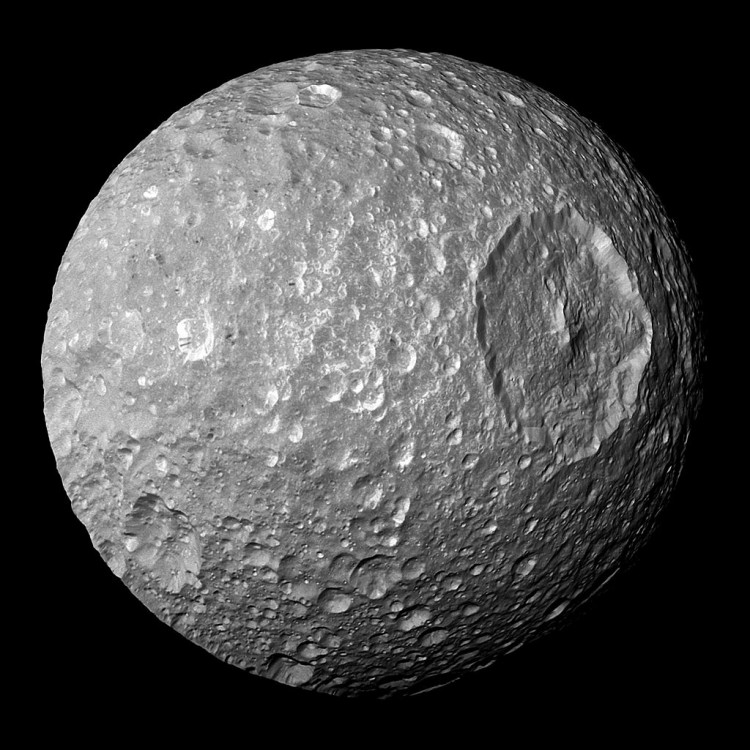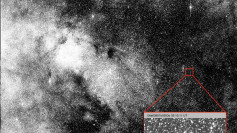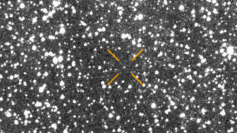During a mission to determine whether Saturn's moon Mimas was geologically dead, scientists uncovered something far more surprising: "compelling evidence" of an underground ocean buried beneath the Death Star-like moon's surface.
Mimas, according to the researchers, could be a "'stealth' ocean world," a discovery that, if confirmed, would increase the number of possibly habitable worlds in our solar system.
Scientists have recently focused their attention on icy moons that offer evidence of underground oceans. The two best-known examples in our solar system, Saturn's Enceladus and Jupiter's Europa, are thought to be good locations for extraterrestrial life searches. Enceladus' seawater, which spews out of geysers near the moon's South Pole, looks to have most of the components needed to sustain life.
However, while the surfaces of Europa and Enceladus show signs of geologic activity, implying an internal heat source that allows liquid water to exist, Mimas' surface is heavily cratered, leading Southwest Research Institute (SwRI) scientist Alyssa Rhoden to believe it was "just a frozen block of ice," according to a news release.
Rhoden, however, now believes Mimas' cratered look kept an ocean secret. Rhoden and her colleague Matthew Walker of the Planetary Science Institute in Tucson, Arizona, show in a paper published earlier this month in the journal Icarus that tiny wobbles, or "librations," in the moon's orbit detected by NASA's Cassini spacecraft can be explained by gravitational interactions with Saturn that produce enough heat to keep a liquid ocean beneath a thick icy shell. According to the team's model, the icy shell is 14 to 20 miles thick.
Rhoden said the findings show Mimas is a "compelling target for further investigation." She believes that studying the moon's ability to host an ocean could help researchers better comprehend the occurrence of ocean moons in even more remote and rarely studied locations.
Mimas' analysis would aid planetary scientists in better understanding the prevalence of potentially habitable ocean moons in general, but especially at Uranus, where Titania, Oberon, Umbriel, Ariel, and Miranda are all thought to have underground oceans.
One of the most significant discoveries in planetary science in the 21st century was the discovery of underground oceans in the outer solar system.
It has far-reaching implications.
It was once thought that in order for a planet or moon to be habitable, it required to contain liquid water on its surface, like Earth, and thus be within a particular range of the host star.
Because ocean worlds can be discovered at a wide range of distances from our Sun, it is possible that the number of worlds in the Milky Way galaxy that have liquid water in some form-and so might be habitable by life-is substantially greater than previously thought.





